Materials
- Cryotech Vitrification Kit 101
- Equilibration Solution (ES) : 1 vial (1.0mℓ)
- Vitrification Solution (VS) : 2 vials (1.0mℓ)
- Microscope
- Timer
- Tweezers
- Scissors
- Micropipette (300μℓ)
- Pasteur pipette (150μm inner diameter)


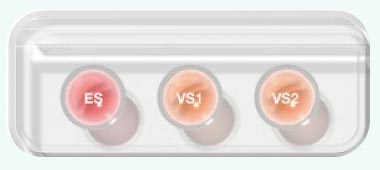
Fig.1.Solution Preparation
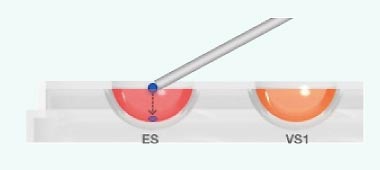
Fig.2.ES Equilibration

Fig.3.Cryotec on Vitri Plate
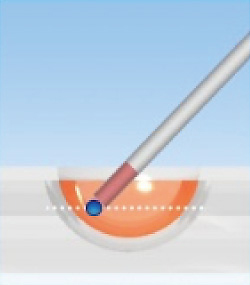
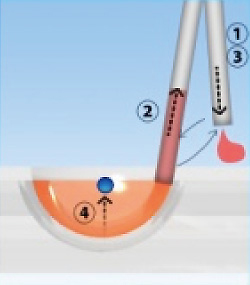

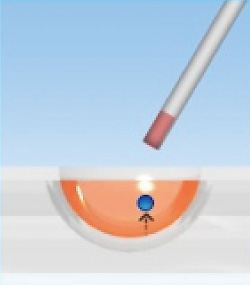
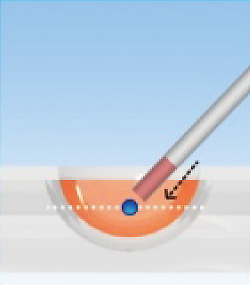
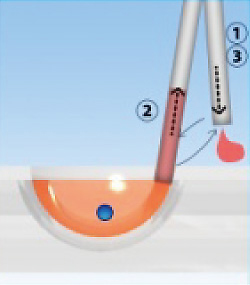
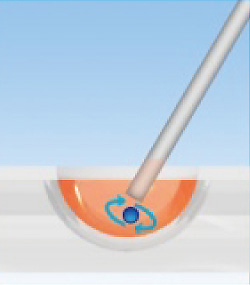
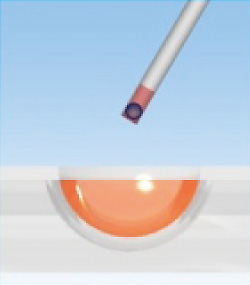
CAUTION: Make sure there is absolutely NO ES left inside the pipette or the oocyte/embryo: Any remaining ES may cause the formation of ice crystals in the liquid nitrogen
CAUTION: Please note that a droplet which is too big or too small could cause the formation of ice crystals or mechanical damage. Do not attempt to adjust the size of the droplet after placing it. Disrupting the surface tension can cause serious damage to the cytoskeleton of the oocyte/embryo.

Figs. 6. Oocyte/Embryo on the Cryotec
Note 1
Use the Pasteur pipette of the optimum size.
140-150μm inner diameter for oocyte and cleavage stage embryo.
160-220μm inner diameter for blastocyst (depending on the size of the blastocysts).
CAUTION: If you are going to vitrify a blastocyst with a diameter of 220μm or greater, always conduct a pre-shrink process
Note 2
Best timing for the vitrification of blastocyst: The diameter should be between 160-220μm to ensure a 100% survival rate.

Medical Surgical Articles & Requisites Trading
Al Barsha 2, St.329-42B_villa 43. P.O. Box. 6525,
Dubai, United Arab Emirates.
+971 4 452 6865